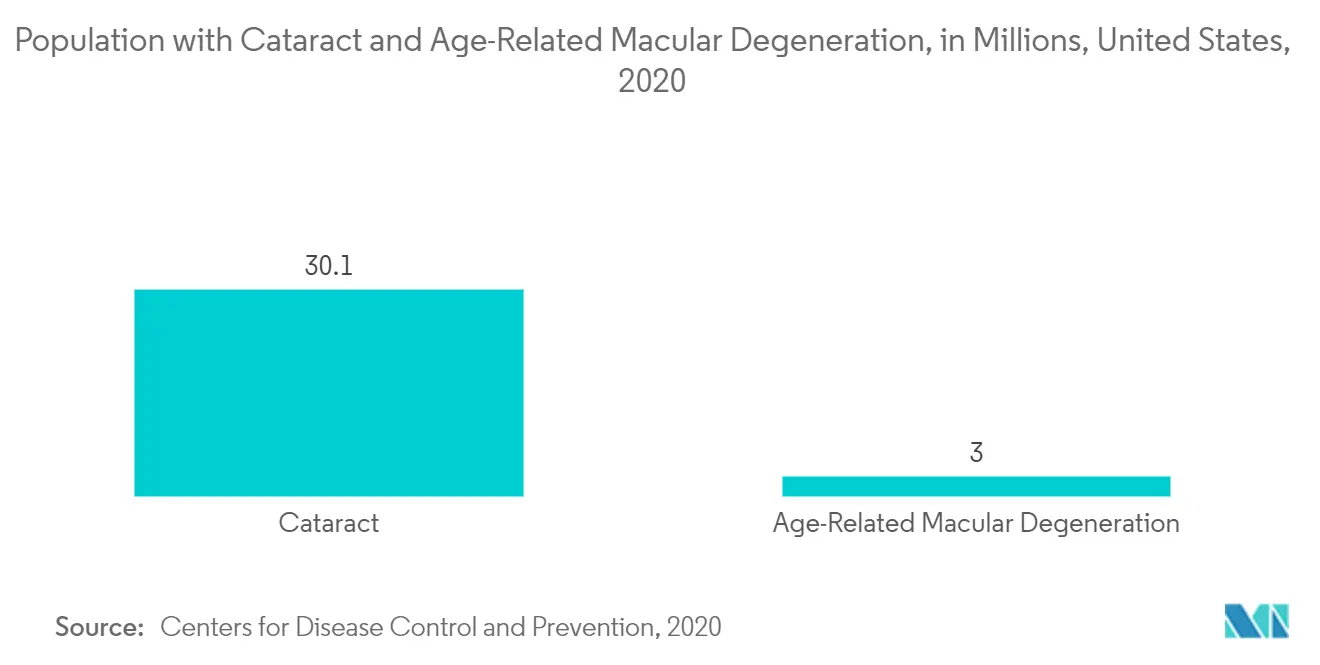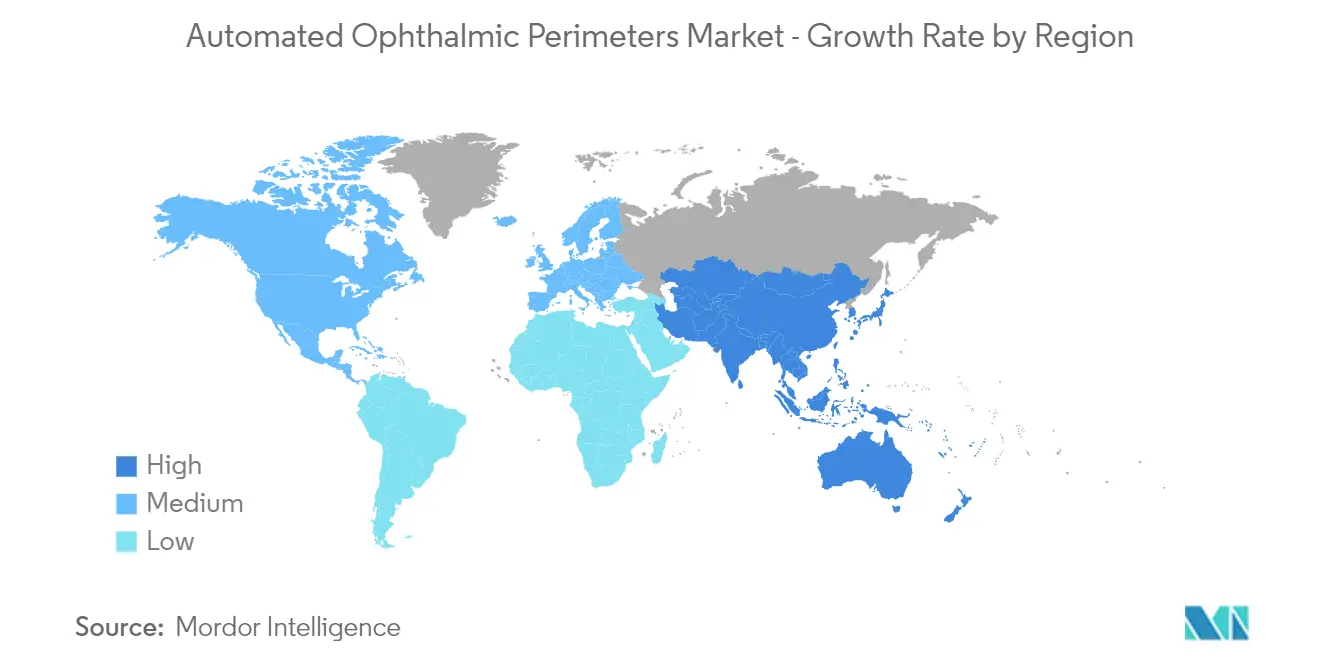Market Trends of Global Automated Ophthalmic Perimeters Industry
This section covers the major market trends shaping the Automated Ophthalmic Perimeters Market according to our research experts:
Static segment is Expected to Hold a Significant Share Over the Forecast Period
In static automated ophthalmic perimetry, stationary stimuli are presented at defined points in the visual field. Stimuli presented for longer durations of time may be seen better as a result of temporal summation of the information, though the limited additional benefit is derived beyond times over 1/10th of a second. The static automated ophthalmic perimeters are the most preferred devices for detecting glaucoma, assessing visual field quality, and monitoring glaucoma-related changes in the visual field.
Technological advancements in the industry are expected to drive the static automated ophthalmic perimeters segment over the forecast period. Technological advancements have increased accuracy in visual field testing and reduced turnaround time. The use of new software algorithms in the static automated ophthalmic perimeters is one of the major technological advances in the industry.

North America Dominates the Market and is Expected to do the Same in the Forecast Period
North America holds the major market share in the Automated Ophthalmic Perimeters Market and is expected to dominate the overall market, throughout the forecast period owing to the huge growth of the geriatric population along with the rise in the prevalence of ophthalmic disorders such as diabetic retinopathy, glaucoma, macular degeneration, and cataract in the region. According to the Centers for Disease Control and Prevention in 2021, about 30.1 million people were affected by cataracts in the United States in 2020. Additionally, as per data published by the Centers for Disease Control and Prevention in 2020, around 8.96 million Americans would suffer from uncorrectable vision impairment by 2050 due to the increasing epidemics of diabetes and other chronic diseases in the United States.
Furthermore, rapid adoption of new technologies, rising awareness, and high healthcare expenditure in the region are expected to boost the market share of the region in the industry.


